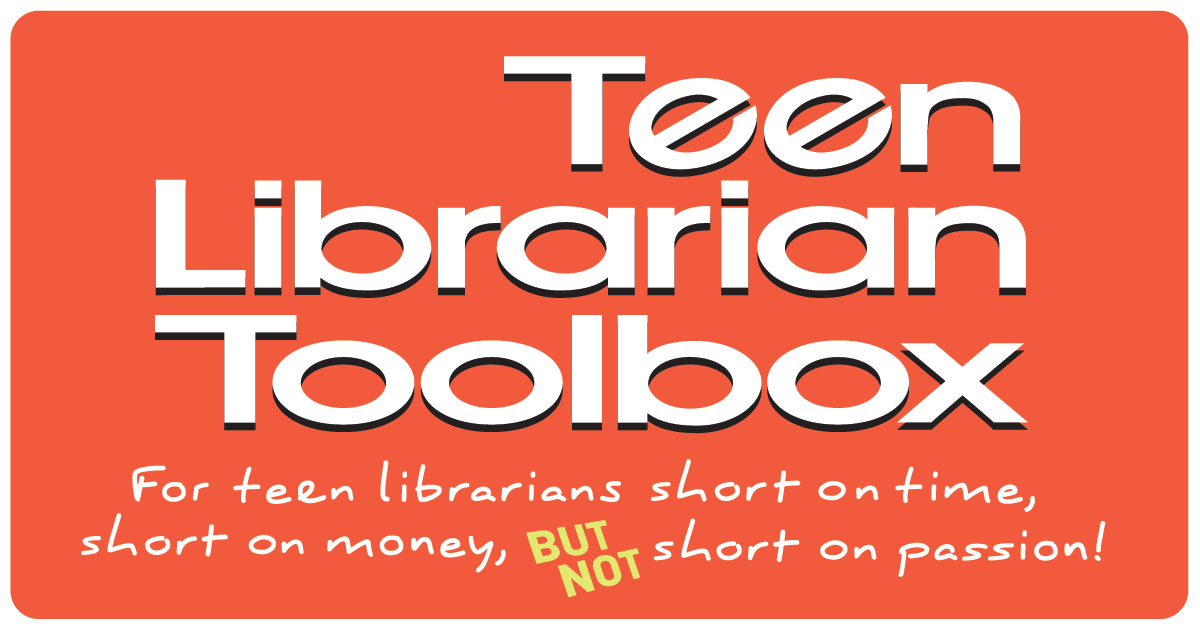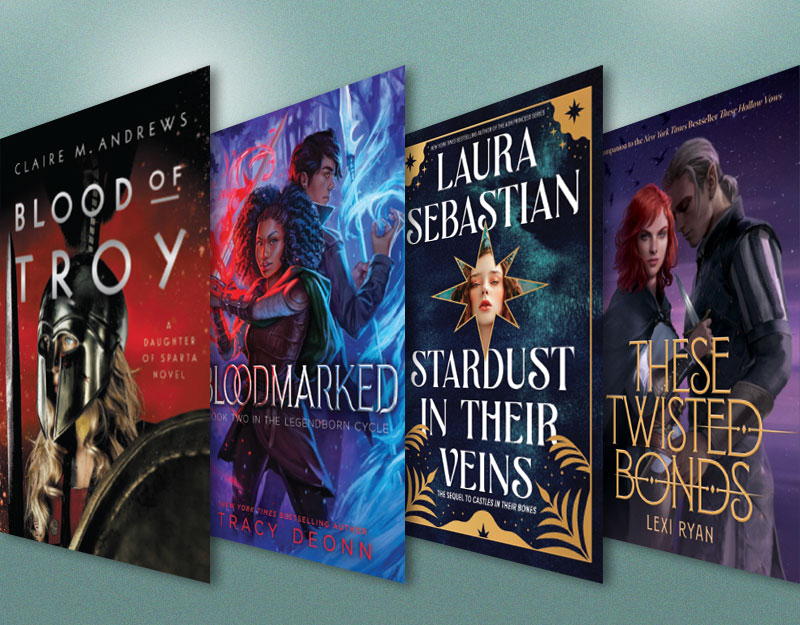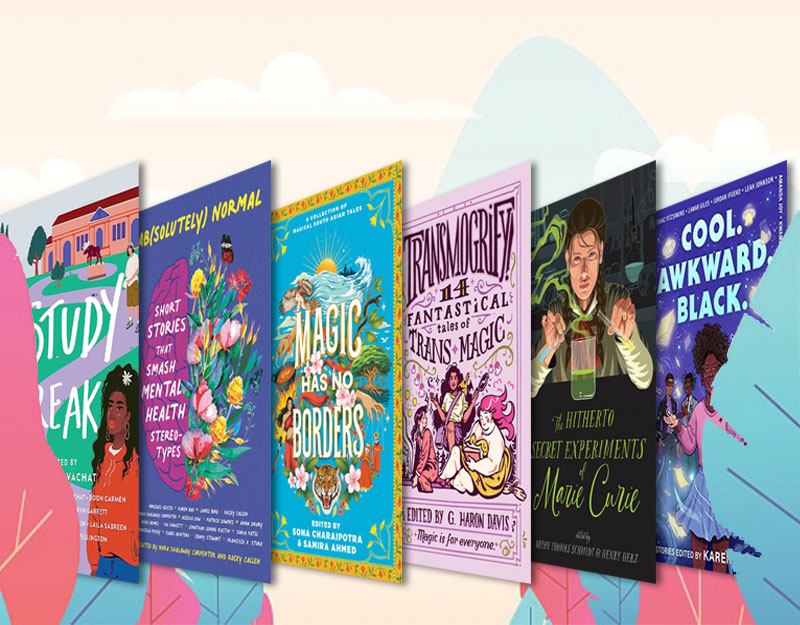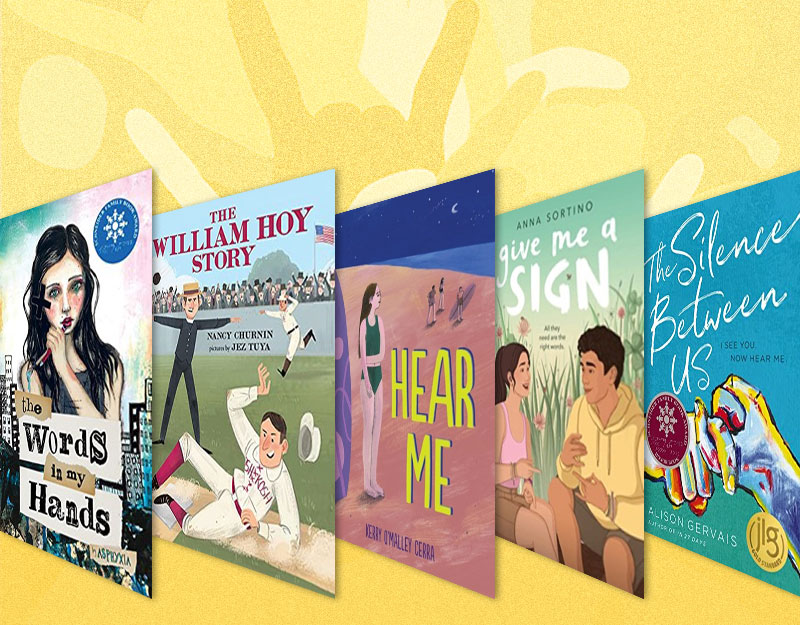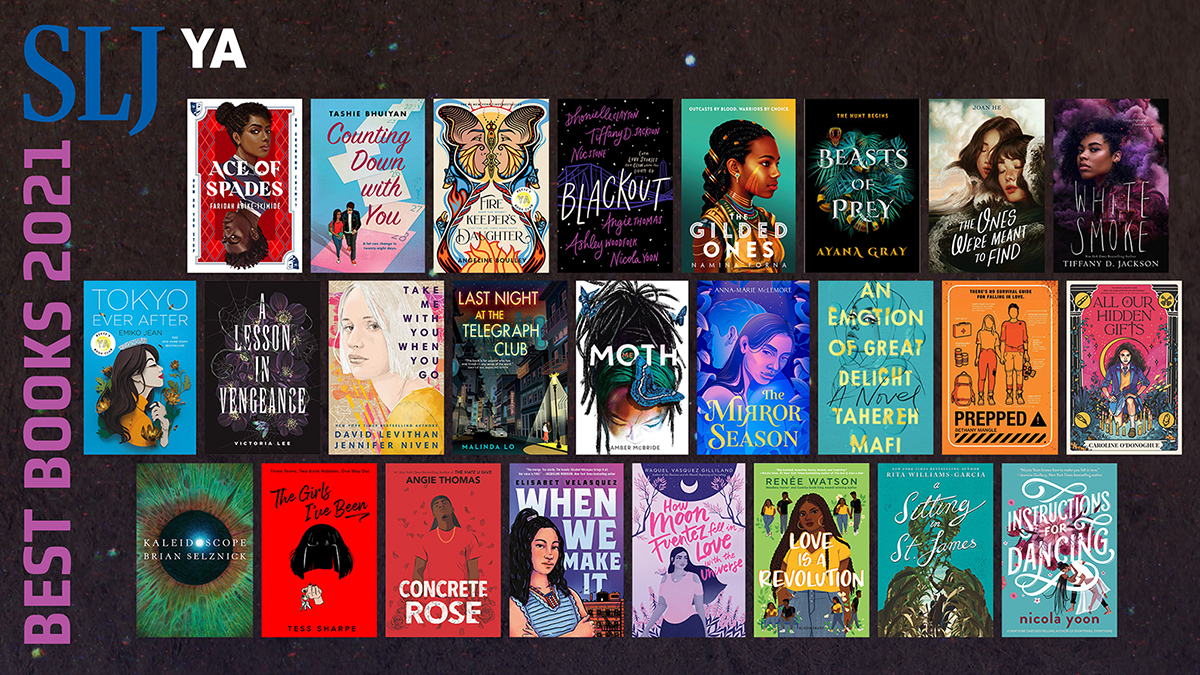Amplifying Diverse, Authentic Voices in a Middle Grades Classroom, a guest post by Caitlin Nichols Martin
As an English Language Arts educator, my ultimate goal is to create a safe and supportive learning environment to promote success. I also work to build empathy within my students because empathy can change the world. Sadly, it wasn’t until 3 years ago, did I really consider the power of a story as a tool to build empathy. When someone reads about a historical event or a work of fiction, they are offered a glimpse of the human experience. This experience can be a mirror, window, or sliding glass door. A mirror offers the reader the chance to see themselves in a story, a window gives a glimpse of someone else’s experience, and a sliding glass door is a story so engaging it offers the reader the opportunity to understand someone outside of themselves and ideally develop compassion and respect.
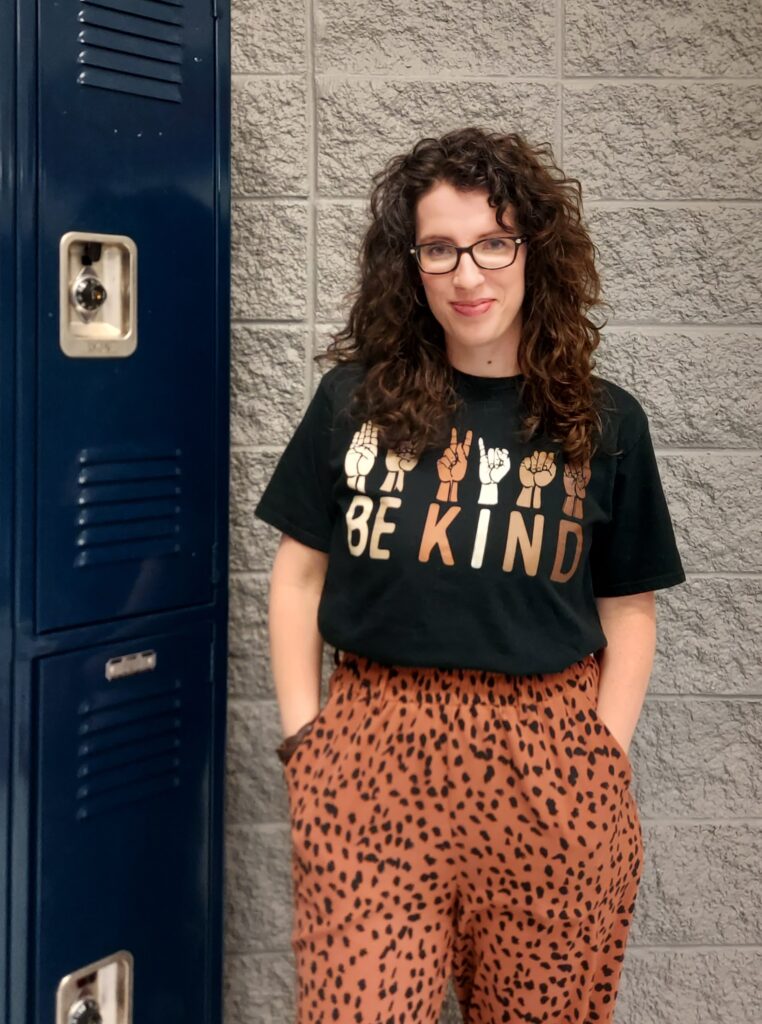
When I began my teaching career over 10 years ago and started to build curriculum, I found myself turning to favorite stories from my student years or the preferences of colleagues. This never seemed problematic because I was ignorant of the importance authors represented in the lessons taught. I was so focused on the standards that I neglected to consider the scholars in the classroom. It wasn’t until the summer of 2021, when I directly encountered the negative impact a story can have on both students and staff, that I began to see first hand how a story can either build empathy or damage it.
ADVERTISEMENT
ADVERTISEMENT
In summer school, educators were required to teach a certain short story that was written in the early 1900s. At the time, I was not familiar with the content but planned to use the materials provided. As I read along with my students, I was troubled by the portrayals of Native Americans and women. This story was filled with sexist stereotypes and racial slurs for the sake of humor. The next day, to address this negative portrait, I spoke to my students about how antiquated this story was and inaccurate. After this discussion, I began to supplement the given curriculum with writings by Native Americans to show my students a proper representation of that culture. This moment became a catalyst for the next chapter in my career.
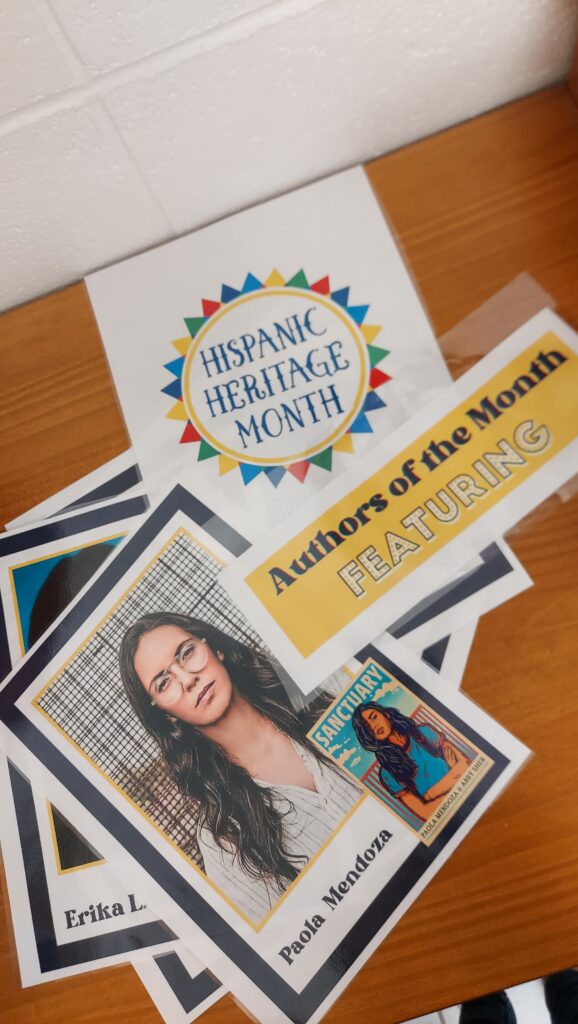
During August inservice, I reevaluated all of the authors used in the 8th grade curriculum. I did an inventory on their age, race, and gender. Not surprisingly, they were mostly old (or dead), white males. After reflecting, I created a Diverse Voices Unit and pulled short memoirs to incorporate into my classes. This would later become a memoir unit that was taught in the entire 8th grade ELA department. Each week we would focus on a different memoir, as we prepared the students for writing their own. We read Gary Soto, Julia Alvarez, Ishmael Bael, Amy Tan, Cecelia Rose LaPointe, and Amalia Hoffman among others. While we chose these authors for their varied backgrounds, we also chose the memoirs because they are well-written and engaging.

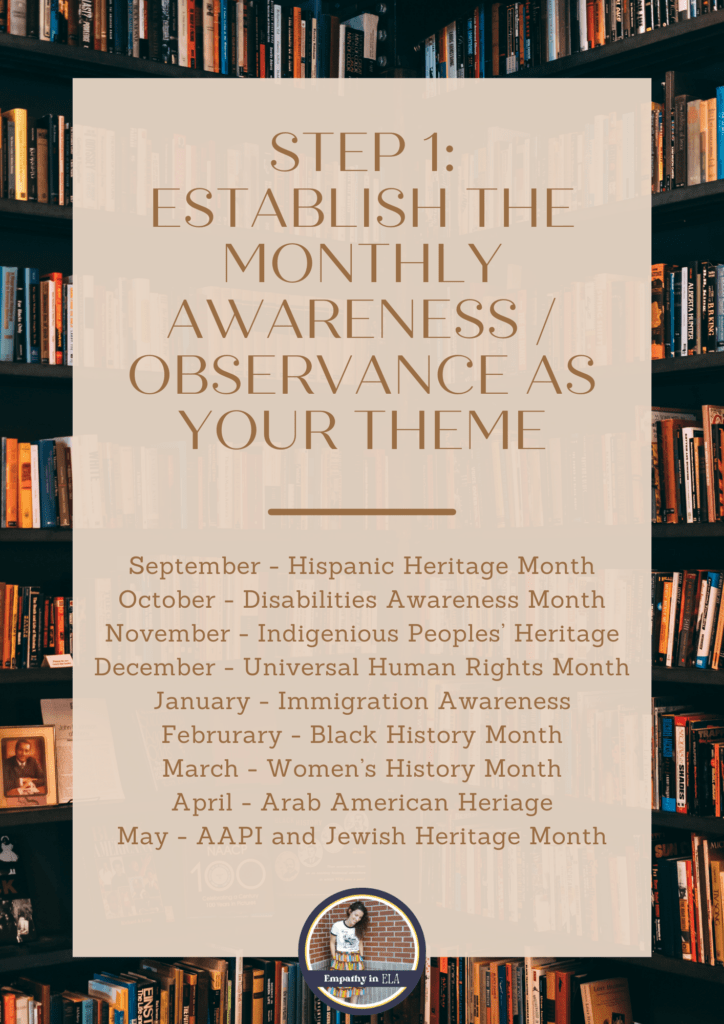
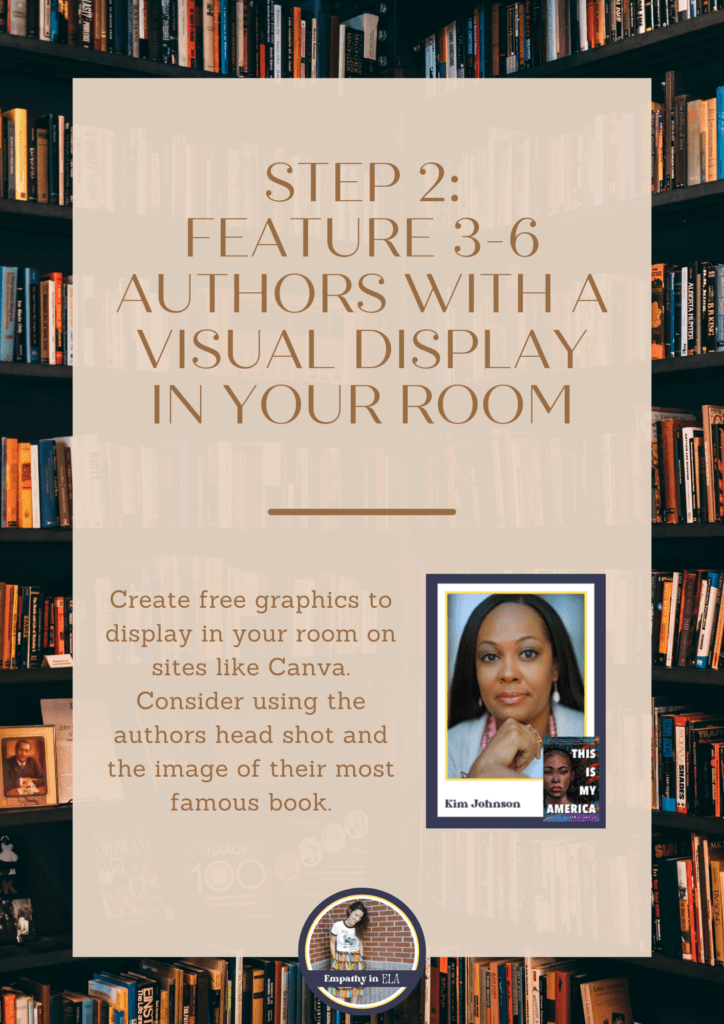
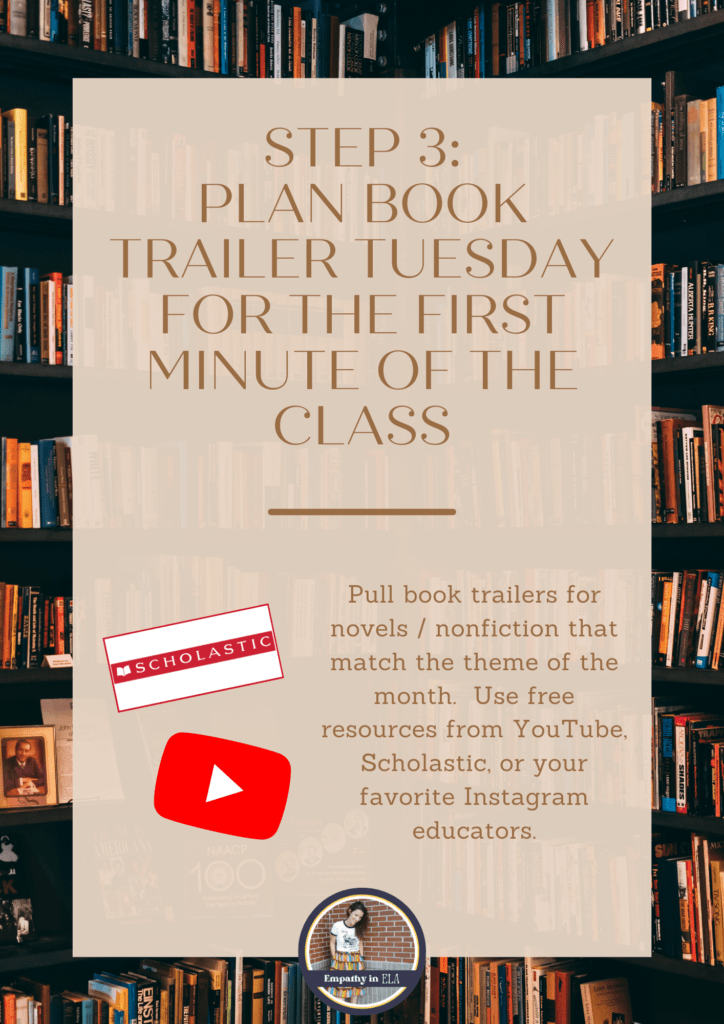
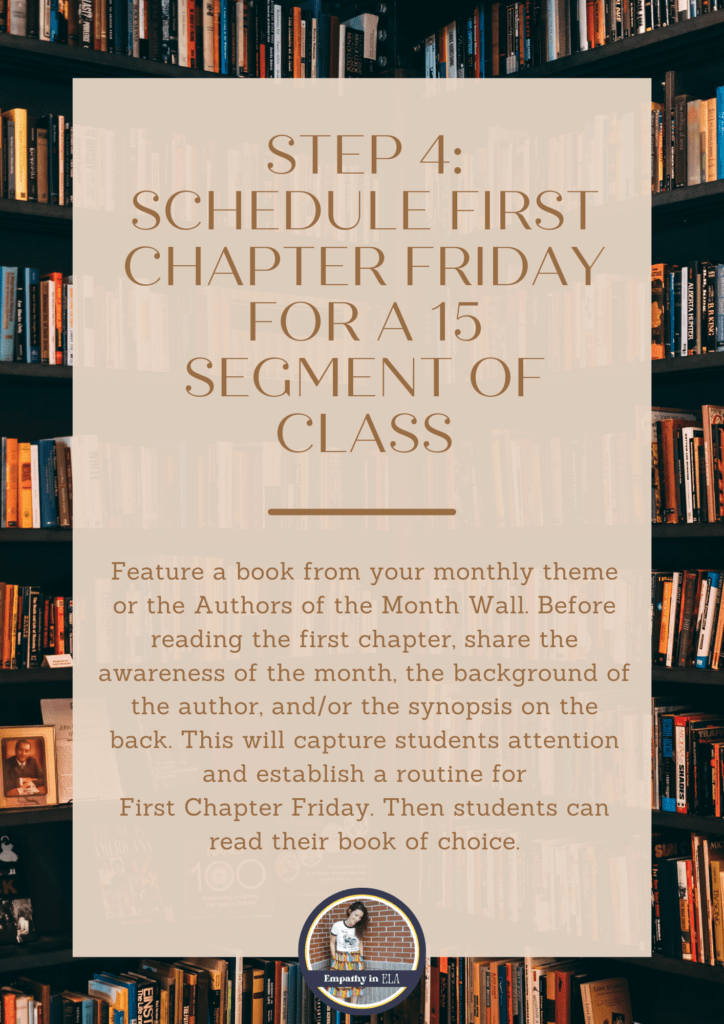
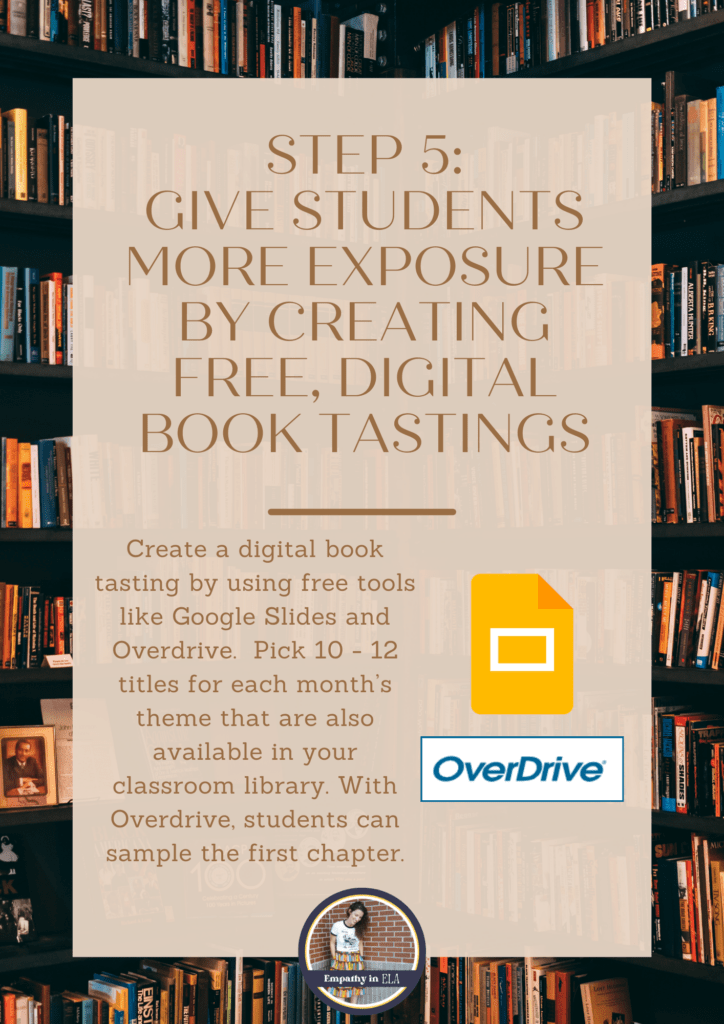

Next I looked for ways to schedule joy in the classroom and promote reading. I turned to my favorite educators on Instagram and from the professional development group, Keeping the Wonder. From there I gathered three ideas – Book Trailer Tuesday, First Chapter Friday, and Authors of the Month. I loved all of these community building activities, but wanted to connect them to my new initiative of amplifying authentic voices. Inspired, I decided to use the monthly awareness / observation for the main theme of these events (Ex. September is Hispanic Heritage Month – all authors featured are Hispanic). This would require me to promote various groups or ideas that were different from most of my students’ backgrounds.
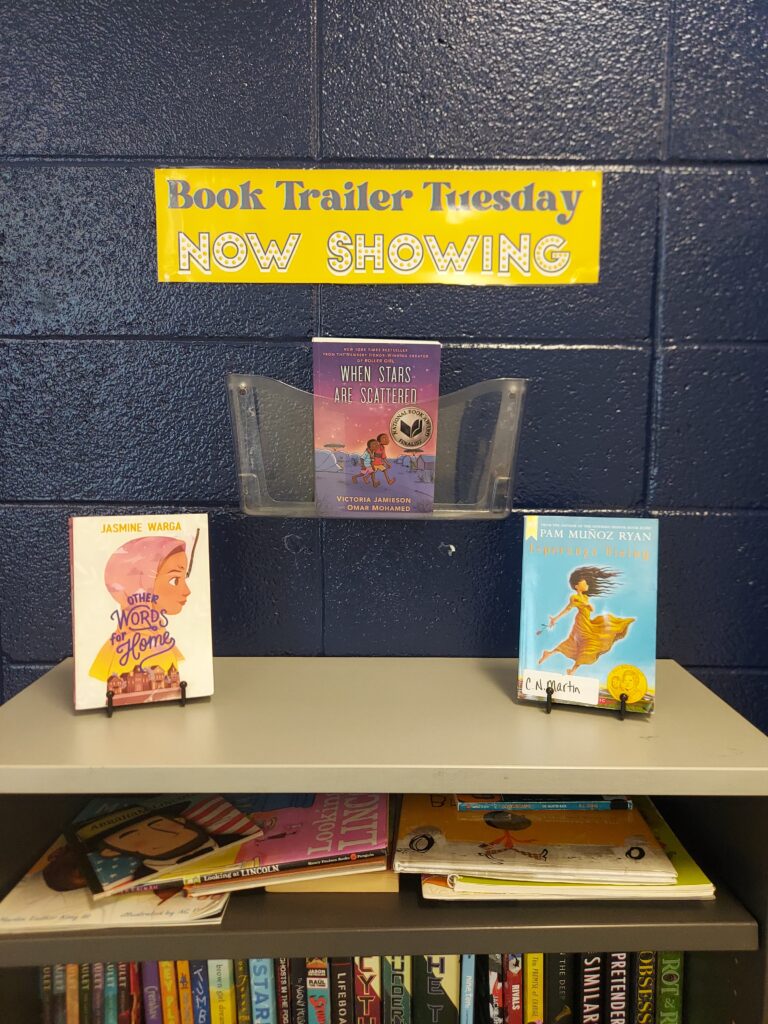
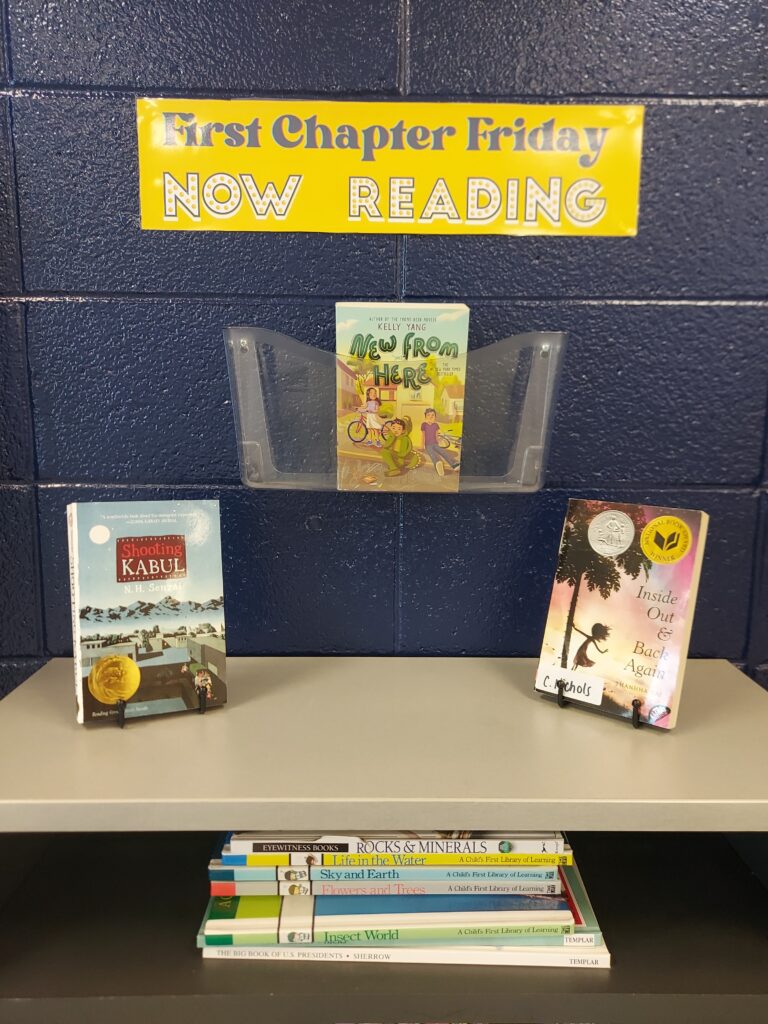
All three events were incorporated into our procedures and were given a visual display in the classroom. On my Authors of the Month wall I displayed six authors, often three male and three female, as well as a sign explaining the month’s focus. For Book Trailer Tuesday, I played a book trailer for the first minute of class every Tuesday. The book shared was from one of the authors featured or a novel that fit the theme of the month (Ex. September is Hispanic Heritage Month). As I presented the book, I explained the significance of the author and theme. For First Chapter Friday, I picked a new book and followed the same procedure. I either read the first chapter or the synopsis on the back, then students read a book of their choice for fifteen minutes. Not only did this expose my students to more diverse, authentic voices but it encouraged a love of all types of books. By adding these three routines to our classroom, my students are exposed to around 120 titles a year!
ADVERTISEMENT
ADVERTISEMENT
All of these new initiatives compelled me to examine my own classroom library. Three years ago I started with 60 titles and today I have over 500 books available to my students. Through a free classroom library website, Booksource, I am able to complete a diversity audit to see what voices I need to add in order to amplify diverse perspectives. I found myself searching for content each month that I could share with my students and have available in our library.
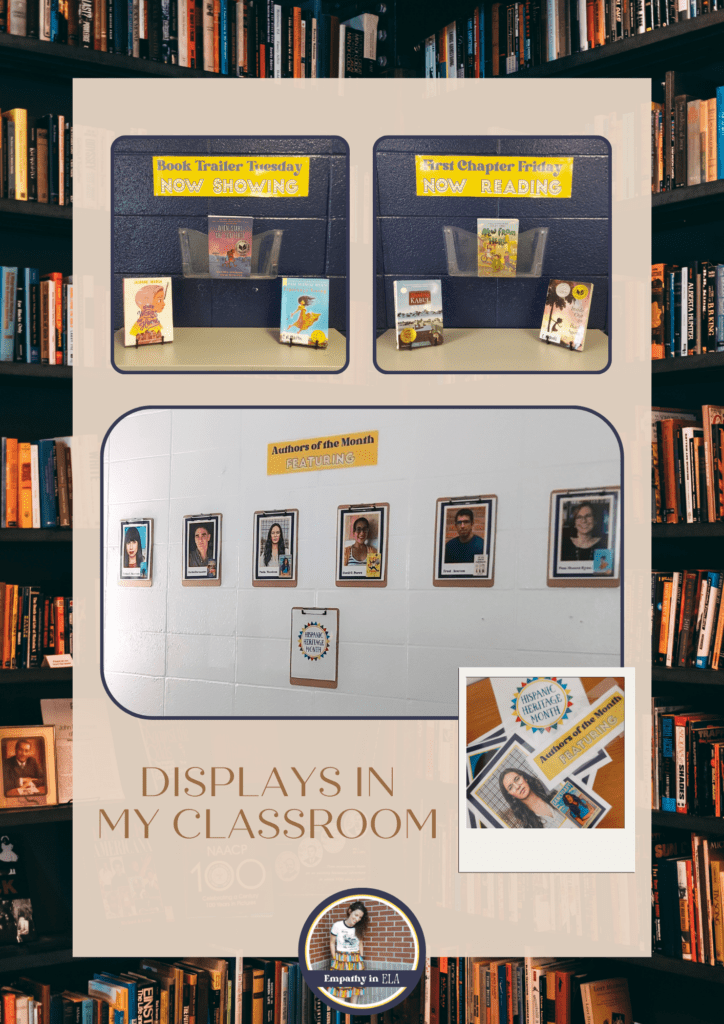
Thirteen years later, my ultimate goal is the same – to create a safe, supportive learning environment to promote success, as well as to build empathy within my students. In order to do that more effectively, I work to create mirrors, windows, and sliding glass doors into stories other than their own. I promote diverse perspectives throughout my curriculum by establishing a practice of multiculturalism, which is the support of a variety of cultural/ethnic groups within society. Diversity in my classroom looks like amplifying voices from a wide range of social, religious, ethnic, and economic backgrounds.
“Quality … literature offers [students] an avenue for reflection and personal development,” (Landt) but it also offers an opportunity for self reflection as professionals. Even though I am a teacher, I am always learning. I learn from my students, colleagues, as well as my physical and digital communities. After that incident in summer school three years ago, I now ask myself – Whose voice is missing? How can I amplify their voices? Am I creating a classroom / school culture of empathy and compassion for those moments when our students encounter people different from themselves outside of a book? Because isn’t that the ultimate goal – to help nurture kind humans for the next generation? I believe it is, and I believe we can do it, one story at a time.
Here’s a look at the school calendar and topics to highlight:
| Month | Theme | Authors |
|---|---|---|
| September | Hispanic Heritage | |
| October | Disabilities Awareness | |
| November | Indigenous People’s Heritage | |
| December | Universal Human Rights Month | |
| January | Immigration Awareness | |
| February | Black History Month | |
| March | Women’s History Month | |
| April | Arab American Heritage | |
| May | AAPI / Jewish Heritage Month (I do both) |
Social Media / Contact:
Instagram: empathyinelaContact: empathyinela@gmail.com
Author Bio: Caitlin Nichols Martin has taught for 13 years in northwest Georgia, where she currently teaches 8th grade English Language Arts. She has taught both 7th grade and 8th grade ELA, with a combination of inclusion, remedial, and gifted instruction. About 3 years ago, Caitlin felt called to amplify diverse, authentic voices while promoting more middle grades literature in the classroom. This eventually led her to start her Master’s in Library Media from Georgia College and State University. Caitlin believes stories and history offer people the opportunity to build empathy by providing mirrors, windows, or sliding glass doors into another person’s experience.
This post and the images accompanying it were provided by the post author, Caitlin Nichols Martin
Filed under: Middle Grade, Mind the Middle, Mind the Middle Project
About Karen Jensen, MLS
Karen Jensen has been a Teen Services Librarian for almost 30 years. She created TLT in 2011 and is the co-editor of The Whole Library Handbook: Teen Services with Heather Booth (ALA Editions, 2014).
ADVERTISEMENT
ADVERTISEMENT
SLJ Blog Network
Endangered Series #30: Nancy Drew
Research and Wishes: A Q&A with Nedda Lewers About Daughters of the Lamp
Preview: Archie Jumbo Comics Digest #350
ADVERTISEMENT

